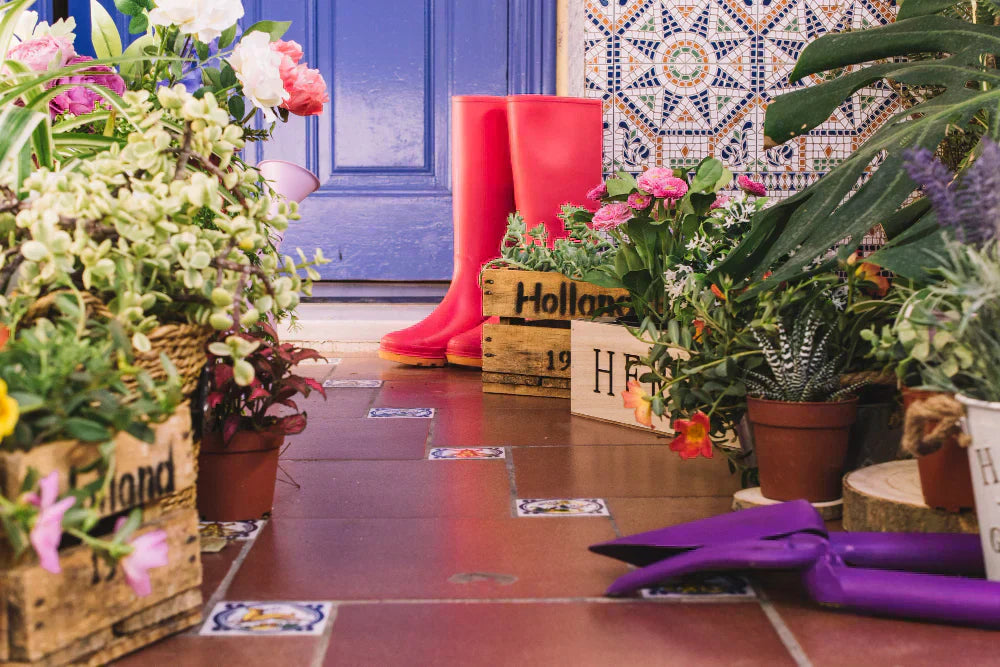
How Climate Shapes the Way We Decorate
Kora MosesClimate plays a vital role in shaping not only how we dress but also how we live. The conditions outside—temperature, sunlight, humidity, and seasonal patterns—often inform the materials we choose, the colors we prefer, and even the way we arrange our living spaces. These decisions reflect an ongoing relationship between interior environments and the natural world.
In regions with warmer weather, design choices tend to prioritize openness and airflow. Interiors often feature wide windows, ceiling fans, and unobstructed layouts that encourage ventilation. Sheer curtains allow natural light to enter while maintaining privacy, and textiles with loosely woven structures are often favored for their ability to contribute to an airy feel. Surfaces are typically smooth and easy to clean, while colors are kept light to reduce visual weight and reflect sunlight.
Conversely, in colder climates, spaces are often arranged to retain warmth and provide shelter from long winters. Heavier textiles, layered window coverings, and enclosed layouts help maintain a sense of insulation. Lighting takes on added importance, with multiple sources—such as floor lamps, table lamps, and wall fixtures—used to create an inviting environment during shorter days. Materials with textured finishes are common, often used to build visual interest and depth.
These regional tendencies are reinforced by seasonal changes. Consumer behavior often shifts with the calendar. Cooler months bring increased demand for additional layering in home decor—blankets, area rugs, and candles that influence ambiance. In spring and summer, purchasing patterns often lean toward light fabrics, table settings for outdoor meals, and botanical accents that suggest renewal and transition.
Beyond immediate climate response, long-term environmental awareness has begun to influence how people approach design. Interest in energy conservation has led many to adopt practices that reduce electricity use—such as relying more on daylight or selecting appliances with low consumption levels. Reused, repurposed, or reclaimed materials are being integrated into furniture and decorative objects, not only for their practical properties but also for their alignment with broader environmental values.
Incorporating sustainable choices into the home is no longer seen as a niche preference. Instead, it’s becoming a common consideration, alongside aesthetics and budget. People increasingly seek items that serve a purpose over time and align with their surroundings—both indoors and outdoors.
Ultimately, interior design does more than fill a space—it responds to context. By taking cues from climate, seasons, and environmental concerns, individuals shape homes that reflect how they live day to day. Whether it's through the use of lighter textiles in the heat or layered illumination in the dark, design remains closely tied to the rhythms of the world beyond the walls.
